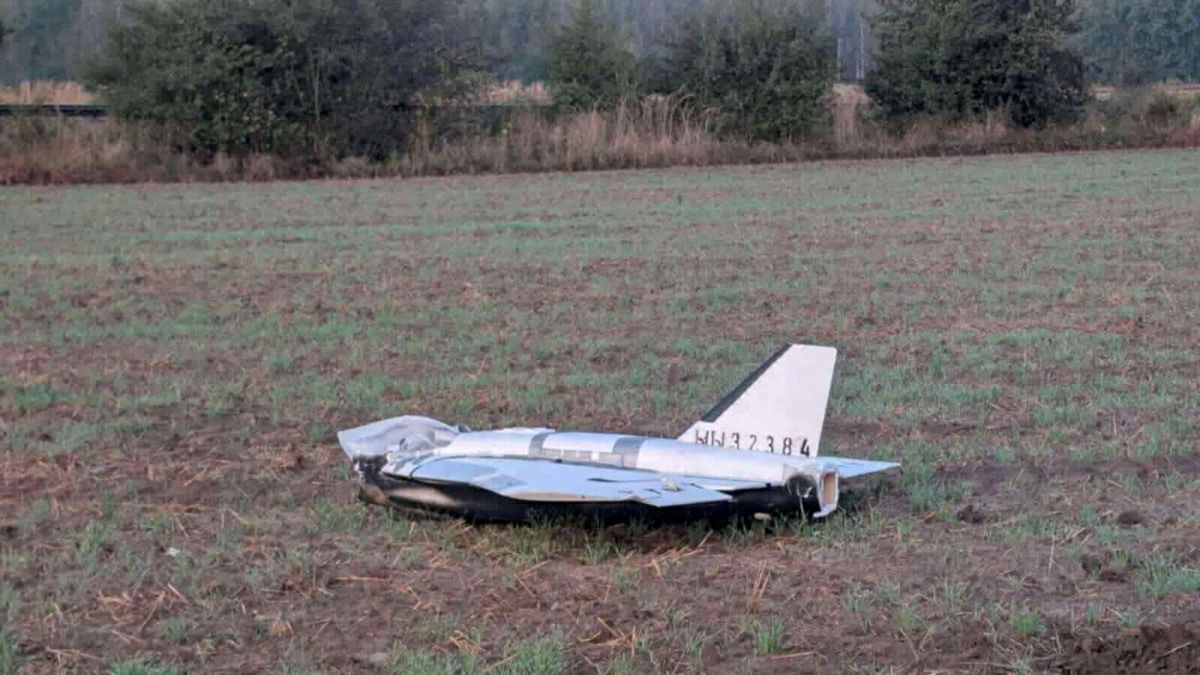Originally published in Urdu under the title Aghaaz-e-Sahar, The Break of Dawn is a reminder of a time when Indians of all classes and faiths came together to fight for the honour and freedom of their homeland.
The Break of Dawn recounts tales of a time when Indians awoke from their deep slumber and united against the British. They did so without caring about differences of sect or faith, in order to secure their freedom. The fight spread to every corner of North India, including present-day Uttar Pradesh, and led to some of the bloodiest events in the history of the subcontinent. The Indians fought against the British and their supporters with the greatest conviction. In Awadh, it was not only the soldiers who took up arms, but also the common people. They all went to battle under the leadership of the taluqdars (aristocrats owning vast amounts of lands in the erstwhile British Raj) as well as others in high positions. Among those who fought and died to free us from the yoke of the British was the taluqdar of Mahmudabad, Raja Nawab Ali Khan. Raja Guru Bakhsh Singh of Ramnagar Dhamedi was one of the leaders who participated in the Siege of Lucknow, while the armies of Raja Loni Singh of Mithauli and the army of Mahmudabad were at the forefront of the fight.
![BreakDawn1024]()
Above: The cover of Khan Mahboob Tarzi’s The Break of Dawn. The book has been translated by Ali Khan Mahmudabad from the Urdu novel Aghaaz-e-Sahar. The deeds and struggles of Raja Nawab Ali Khan in the First War of Independence are some of the greatest from the period. In this novel, I have written about a few of his services. This martyr of the freedom movement took up arms against the British, tried to foil their devious plots and amassed a great army in order to defend Lucknow. In Lucknow, the leaders and soldiers of the siege made Nawab Ali Khan their general. He was at the front, fighting along with his soldiers and organising food and water for his troops as well as supplying them with arms. He organised bhandaaray (food stalls) and shelters in and around Lucknow, where soldiers would be given free food and a place to rest. Nawab Ali Khan sacrificed everything he had for the freedom of the country. If all his services were to be collected and written about, a rich history would emerge. In presenting the deeds of this martyr of the Independence Movement, the following books have been used: i) The King’s Mutiny in Awadh ii) History of the Indian Mutiny iii) Afzal ut-Tawarikh iv) Ahsan ut-Tawarikh v) Lucknow and Sitapur Gazettes — From Bagh Aaina Bibi in Lucknow’s Hussain Ganj area, Khan Mahboob Tarzi wrote on 25 April 1957
***
Tarzi, a prolific novelist and short-story writer in Lucknow, was commissioned to write the novel on the centenary of the uprising. The book has now been translated into English by Prof Ali Khan Mahmudabad, bringing into focus the popular literature that aided the memorialisation of the event in the public’s consciousness. Educated in Aligarh, Tarzi had a number of interests and careers. He was briefly a supervisor in a locksmith factory, did a stint in the army, tried his hand at film-making and directing at Kardar Studios in Calcutta, followed his interest in translating and journalism, and was also involved in the theatre and radio. Towards the latter part of his life, he lived in Lucknow and worked at Naseem Book Depot. Writing stories and novels remained his passion throughout his life, and he wrote more than 100 novels on history, politics, society, science fiction and romance. Prof Ali Khan Mahmudabad, the translator, teaches history and political science at Ashoka University. He is a political scientist, historian, writer, columnist and occasional poet. He was led to the book since it includes an account of the House of Mahmudabad’s role in the 1857 revolt. His ancestor, Muqeem-ud-daula Raja Nawab Ali Khan was killed in the uprising and is a character in the book.
***
Tarzi wrote a number of historical novels about 1857, including Aghaaz-e-Sahar. Published in 1957 on the centenary of 1857, it is a work of historical fiction, but many of the protagonists in this novel were real historical figures whose involvement in the uprisings of 1857 are well documented by historians. “The Break of Dawn is a much simpler novel than Ruskin Bond’s A Flight of Pigeons, which was made into the film Junoon by Shyam Benegal,” writes Prof Ali Khan Mahmudabad. He mentions how the two novels — The Break of Dawn was published 21 years before A Flight of Pigeons — have similar protagonists. Tarzi’s novel features Alice, a young English girl, and Riyaz Khan, a young soldier from the rebel army. Prof Ali Khan adds that while Tarzi’s novel is fast-paced, it does try to convey the manner in which Hindus and Muslims not only lived and worked but also fought side by side. “Interestingly, the main theme of the novel is a romance between the young English girl and the rebel army soldier. Most of Tarzi’s characters are from the upper castes and ashraf, and they all speak Hindustani, although those from the qasbas would have also spoken various rural dialects, including Awadhi among each other,” he writes in the introductory note. [imgcenter]
![BreakOfDawn2]()
[/imgcenter] Above: Having rescued the British citizens, Riyaz, the protagonist, and his company stop at an ally’s haveli to give their guests a safe place to rest. Multi-media illustrator, researcher and educational content designer Labonie Roy has worked on the illustrations for this book. While reading the text for the first time, Roy got the opportunity to visit Lucknow along with Prof Ali Khan. She visited the Residency, Mahmudabad Qila and many other places mentioned in the book. “It felt surreal to be present in the very spaces the characters (and historical figures) in the book lived. As I stood in front of the Residency of Lucknow, I could visualise how the walls crumbled under fire. At the Qila, I could hear the hooves of the rebels’ horses galloping through the courtyard. These visceral experiences felt like an overlap of times, spaces and cultures,” Roy writes in the book, as part of the section - ‘A Note on the Illustrations’. [imgcenter]
![BreakOfDawn1]()
[/imgcenter] Above: Riyaz visits his parents in his family home. Roy wanted the visuals to complement the layers within the narrative. In doing so, she says, she was influenced by two very different artistic styles: The black-and-white photos by European photographers and the miniature paintings of the Mughal era. Those full-frame monochromic photographs were further supplemented by grand oil paintings and intricate etchings by British artists for newspapers and humour magazines, like Punch, that were published in the United Kingdom. “These images relied on visual realism and scale to represent the power and might of the British Empire,” Roy notes, adding how they are a contrast to Indian court artists’ representation of royalty through the beautifully detailed and delicate miniature paintings of Mughal kings and nawabs. Roy adds: “These paintings tell their story through stylised two-dimensional figures, fantastical elements like halos, and create a graphic representation of reality.” “This visual dichotomy seemed integral to the telling of the story, and posed an exciting challenge: How could I combine the two distinct narratives of realism and stylistic visuals into a cohesive style?” [imgcenter]
![BreakOfDawn4]()
[/imgcenter] Above: Riyaz riding through the deserted streets of Lucknow, disguised as a civilian. Using her experience in mixed media, Roy created a visual language that combined her influences through physical and digital collage. Each character from the book is rendered as a moveable paper puppet dressed in tailor’s scraps, and was photographed and edited on to the scenery created from photos and paper cutting. “This allowed me to replicate detailed characters across illustrations in different moods and movements, while preserving the stillness and staccato body language common to the photographs and miniature paintings of the time,” writes Roy. [imgcenter]
![BreakOfDawn3]()
[/imgcenter] Above: Alice rescuing Riyaz from a cell at the Residency in the dead of night. Past and present photographs of Mahmudabad Qila, courtesy of the Mahmudabad Estate, feature prominently throughout the book, alongside pictures of Lucknow from the 19th century and present day. In one of the illustrations where Riyaz ferries Begum Hazrat Mahal across the river, the image of Musabagh in the background is a photograph by Felice Beato from 1858. Each illustration involved hours of historical and geographical research, the result of which was a desk covered in cloth, paper and wire scraps as Roy pieced the artworks together. [imgcenter]
![BreakOfDawn5]()
[/imgcenter] Above: Maulvi Ahmadullah Shah at the head of his forces. *** Bleed image: Riyaz rescuing Alice from the Residency as the rebel soldiers and British forces face-off with each other. The above illustrations and excerpts from the book are courtesy of the publishers Penguin Random House India.


)
)
)
)
)
)
)
)
)



